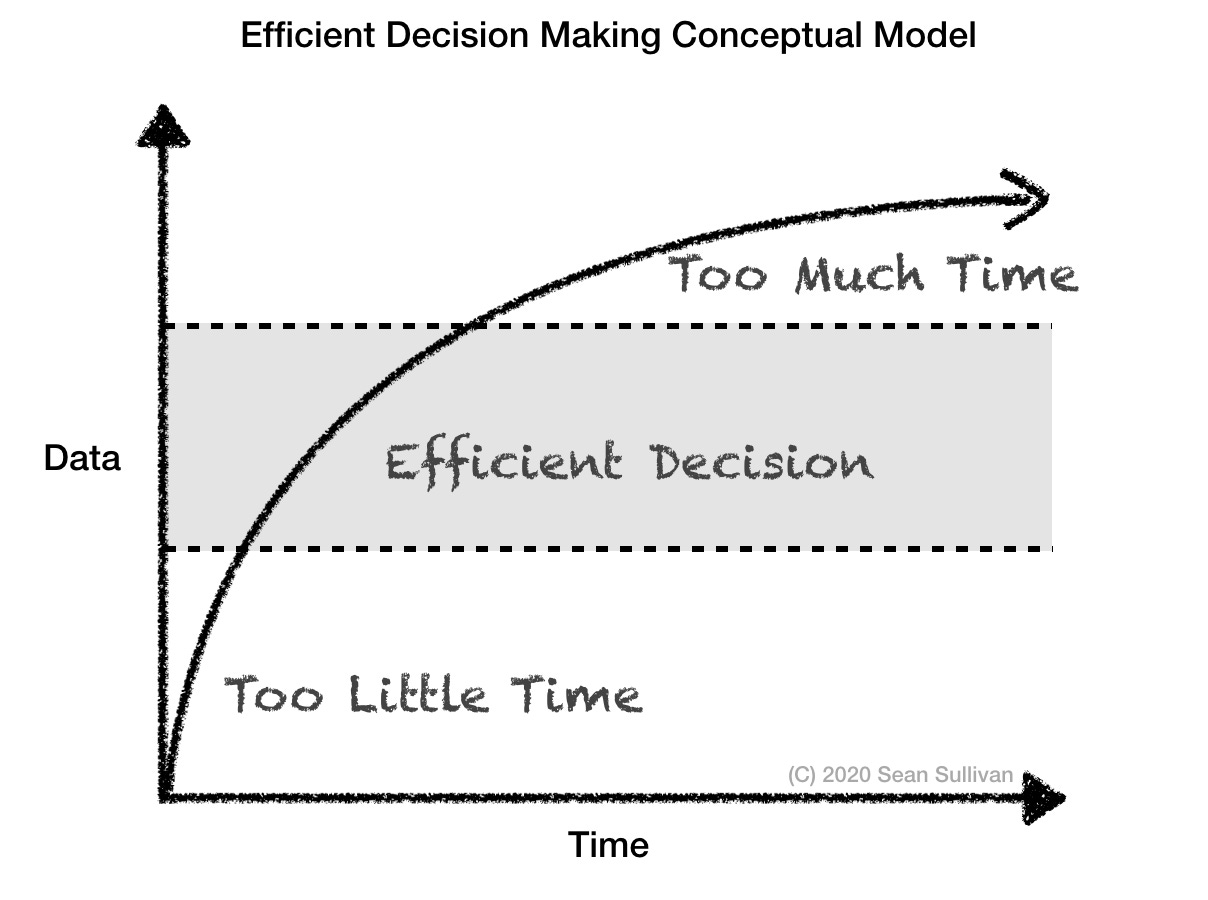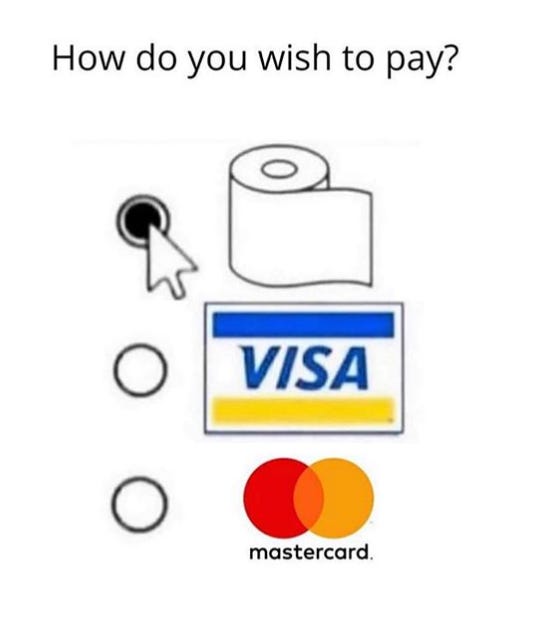Better & Quicker Product Decisions
Product Leaders make lots of decisions. Time is always of the essence.
Thanks for reading the ProductFix newsletter. I did a recent talk and some articles around Product Intuition that raised a few questions on efficient decision-making. This shorter edition explores that a bit more. If you find value in reading this please give me some love by liking and sharing with others.
Contents
Article: Quicker DecisionsRecommendationsVirtual WatercoolerArticle
Quicker Decisions
If time has value, then making the best decision fast unlocks that value. How do we make faster decisions when it takes time to gather data, analyze, and assess the consequences? How can we do this and still make good decisions?
Develop your Product Intuition so you can make better, faster decisions whenever possible.
In a recent Livestream for The Product Mentor entitled: Developing Product Intuition, I explored data-driven product management and how our intuition is leveraged to enhance those practices. We use our intuition to help determine what data we need, how to analyze and communicate it effectively, and how to make the best decisions with whatever data we do have.
Until a few years ago, I was convinced that some people are inherently good at making gut decisions and some are bad. What I have learned through studying cognitive reasoning and AI is that, actually, intuition is a learned process.
There are many approaches to developing and improving your intuition, I focused my talk on 5 groups of practices:
Continuous & Diverse Learning
Writing & Presenting
Learn to Trust Your Gut
Meditation
Practice Creativity
After the session, I received a lot of questions, especially around the practices associated with “Learn to Trust Your Gut”. So I am going to explore a couple of ideas discussed in the talk here and provide an additional conceptual model.
Make Predictions
The first thing we can do is find opportunities to use our intuition whenever possible. To reduce the risk, begin by simply making some predictions (write them down), on some of the product initiatives you are undertaking and look-back in 3-6-12 months. How did your prediction turn out?
Second, start taking some risks on small decisions. Make actual decisions based on your intuition and go with it.
2-Way Doors
In order to help you assess what types of decisions you should make more quickly, I offer the Jeff Bezos concept of 1-way and 2-way door decisions. In a letter to shareholders in 1997, he elaborated on this concept that is designed to speed up decision-making.
In short, some decisions are high risk and (nearly) irreversible. These decisions should take more time and you should seek more data to make them. However, most decisions are not like this. Instead, most decisions are like 2-way doors.
A 2-way door decision is reversible. You make the decision, step through the door, if you don’t like the results, you can always step back through.

When you encounter 2-way door decisions, as a leader, you need to learn to feel comfortable making quick decisions with limited or imperfect data. Available information does not get better as you get promoted, by the time you are CEO, you are making all sorts of big decisions in the absence of perfect information. Practice now before you get there.
Keep in mind, this is not binary and even understanding which decisions are 2-way doors takes some good judgment as a starting point.
Decision-Making Opportunity Cost
Finally, I offer a simple conceptual model to help you think about the trade-off between time and good data in decision-making efficiency.

In the diagram we can see that there is some relationship between time spent investigating a decision and the data you can expect to collect to make the optimal decision. In the majority of situations, there exists a sweet spot of just enough time spent to get to an efficient decision.
Spend much more time and you get a diminishing return on your investment of time. At a certain point, the data does not make your decision any better and you start accumulating increased opportunity cost.
Just like with Bezos’ 2-way door concept, this is illustrating a spectrum. But what this model additionally adds is the reality that it can frequently be worth spending a little time to see what data you can get to support your decision. Again, you must use judgment to assess when you have enough data versus when you start spending too much time on the problem.
You can apply this model to sanity test and improve your 2-way door decision-making.
Conclusion
Whether in our roles as Product Leaders or beyond, we all have to recognize the relationship between opportunity cost and efficient decision making. Building your Product Intuition does not make this problem go away but helps you make those trade-offs quicker and be more comfortable making decisions in the absence of hard data.
Every decision won’t be right, but you can learn to be right more often and save time doing it.
Recommendations
Here is my weekly shortlist of people and stuff you should check out. Prescreened for your enjoyment!
Person: Saeed Khan (@saeedwkhan). A frequent speaker at product conferences, trainer, and coach. His feed is sometimes sarcastic, sometimes off-topic, but always enlightening.
Podcast: Software Process and Measurement Cast (SPaM Cast) by Thomas Cagley Jr. An amazingly practical exploration of product development practices that has now exceeded 600 episodes since it launched in 2007. Many podcasts feature guests that talk about the latest practices but this show tends to be extremely practical in discussions with experts with deep experience.
Amazon CEO Letter to Shareholders 1997 from Jeff Bezos (“Two-way doors”)
Resources: PMfont. A new huge product management resource catalog that is nicely curated and quick to find useful resources.
Virtual Watercooler
A little COVID-19 humor to lift the spirits.

Photo Credit: @kvsinka Twitter feed
Don’t be shy. Please hit the heart and comment to share your feedback. If you want to reach me directly for evaluating your organization, advising on modern better practices, training, or coaching your product leaders schedule an appointment now. Sean Sullivan.



